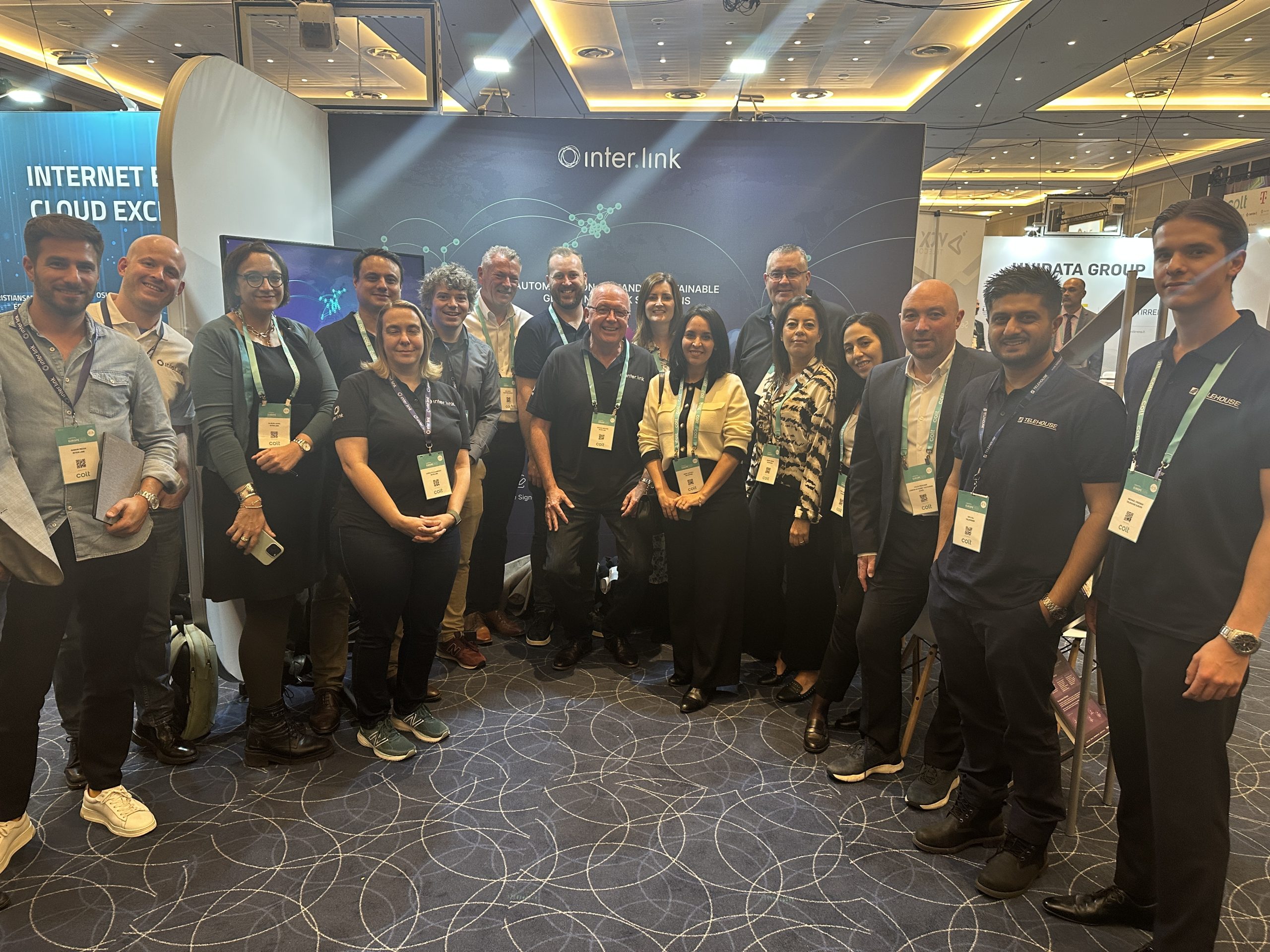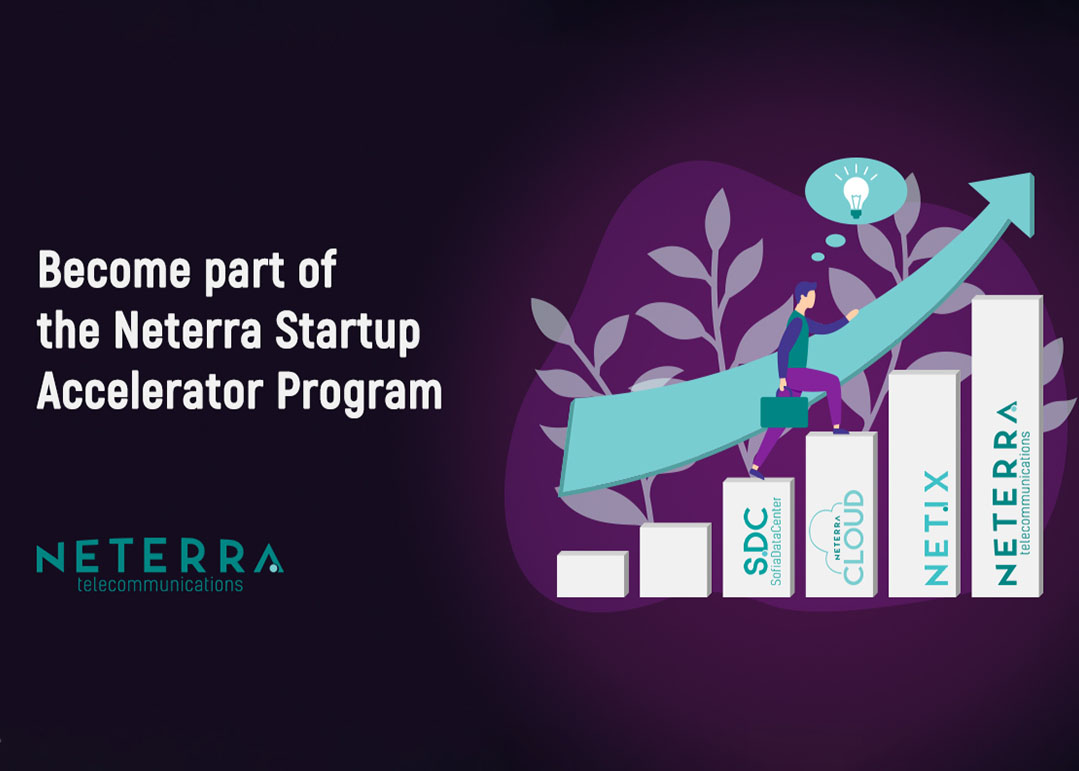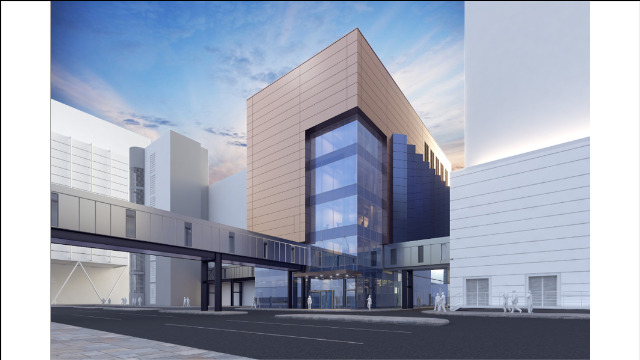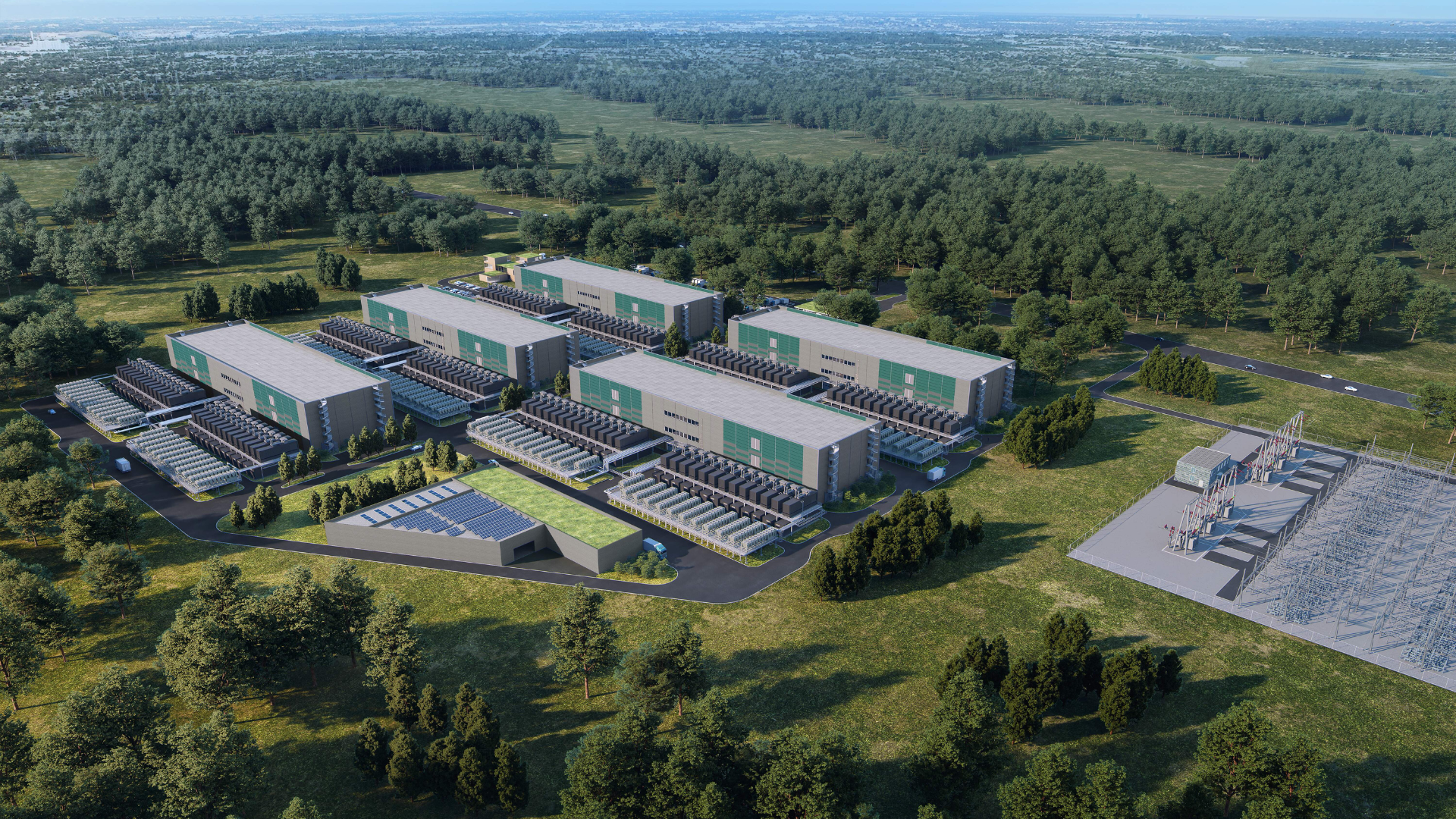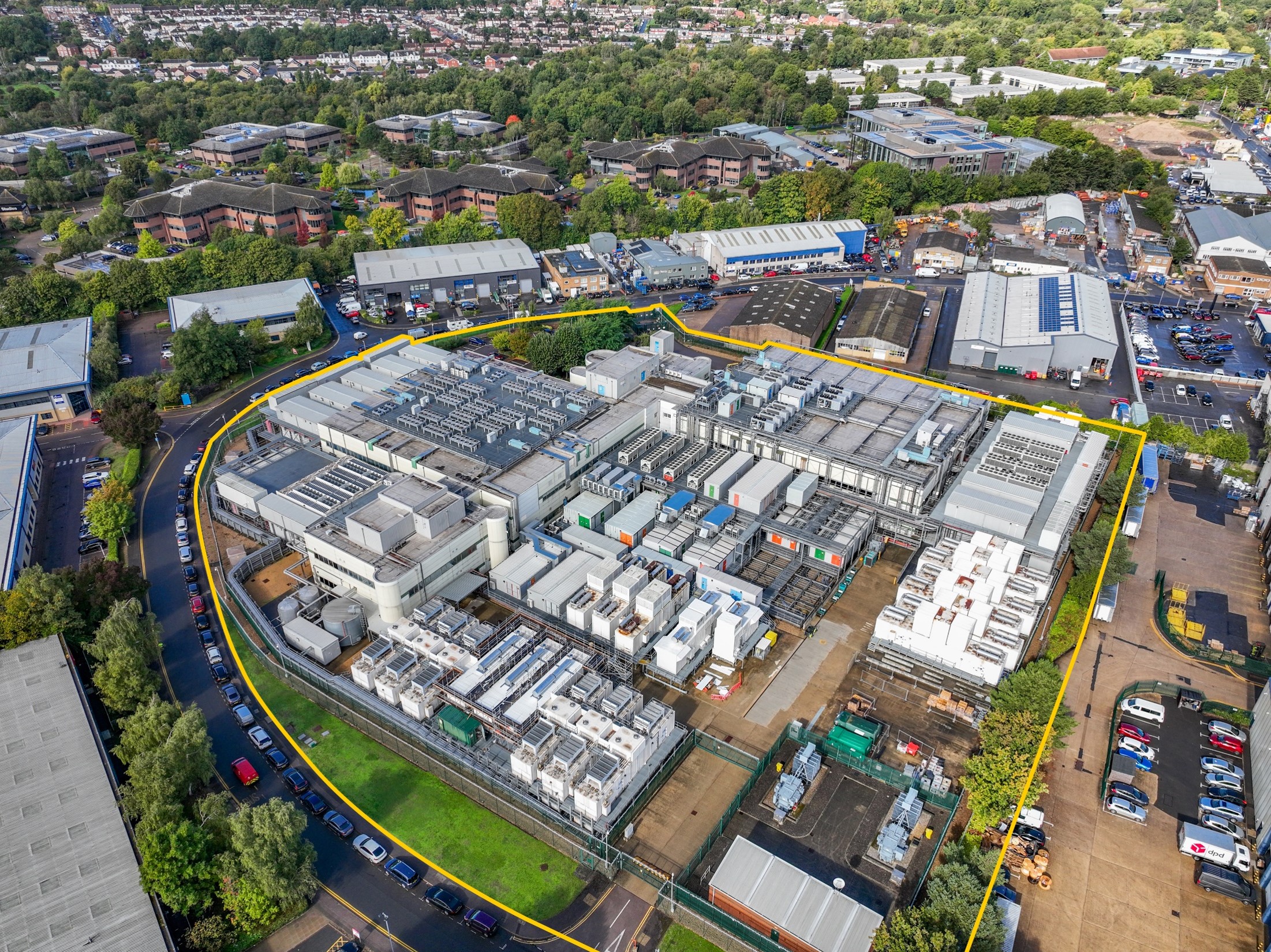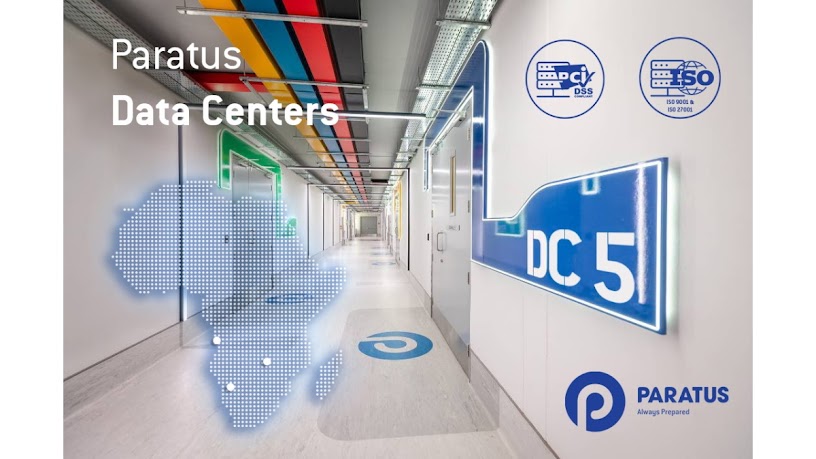Colocation Strategies for Scalable Data Centre Operations
Colocation Strategies for Scalable Data Centre Operations
Data Centre Operations: Optimising Infrastructure for Performance and Reliability
Enterprise Network Infrastructure: Design, Performance & Security
Inter.link partners with Telehouse and London Internet Exchange
Colocation Strategies for Scalable Data Centre Operations
Cyber Security Insights for Resilient Digital Defence
Data Centre Operations: Optimising Infrastructure for Performance and Reliability
Data Centre Security: Protecting Infrastructure from Physical and Cyber Threats
News
News in Cloud Computing & Data Storage
Neterra launches Startup Accelerator program
Colocation Strategies for Scalable Data Centre Operations
Data Centre Operations: Optimising Infrastructure for Performance and Reliability
Data Centres
News
Telehouse begins construction of new administration building in London
Colocation Strategies for Scalable Data Centre Operations
Data Centre Operations: Optimising Infrastructure for Performance and Reliability
Data Centres
Infrastructure Management for Modern Data Centres
News
Vertiv expands operations in Norway
Artificial Intelligence in Data Centre Operations
Colocation Strategies for Scalable Data Centre Operations
Data Centre Operations: Optimising Infrastructure for Performance and Reliability
Data Centres
News
atNorth announces shortlist selection for the Energy Awards
Colocation Strategies for Scalable Data Centre Operations
Data Centre Operations: Optimising Infrastructure for Performance and Reliability
Data Centres
Infrastructure Management for Modern Data Centres
News
CapitaLand completes acquisition of data centre in the UK
Colocation Strategies for Scalable Data Centre Operations
Data Centre Operations: Optimising Infrastructure for Performance and Reliability
Data Centres
Hyperscale Data Centres: Scale, Speed & Strategy
News
News in Cloud Computing & Data Storage
Pulsant delivers cost savings for LinkPool crypto ecosystem
Colocation Strategies for Scalable Data Centre Operations
Data Centre Infrastructure News & Trends
Data Centre Operations: Optimising Infrastructure for Performance and Reliability
Data Centres
Infrastructure Management for Modern Data Centres
The Paratus Group announces new data centres in Angola
Colocation Strategies for Scalable Data Centre Operations
Data
Data Centre Operations: Optimising Infrastructure for Performance and Reliability
News in Cloud Computing & Data Storage
Colt launches multicast data in the cloud for capital markets
Colocation Strategies for Scalable Data Centre Operations
Data Centre Operations: Optimising Infrastructure for Performance and Reliability
Data Centres
Infrastructure Management for Modern Data Centres
Cologix expands partnership with Montreal Internet Exchange

